Drink, drank, drunk. Everyone knows something about alcohol and its effects. Some of you may know it more intimately than others, but who am I to judge? A recent case of DT was brought to my attention, and I thought I would share some information on this uncommon and often misunderstood life-threatening condition.
You don’t have to be a physician board certified in Psychiatry and Addiction Medicine (like me) to know alcohol is a central nervous system (CNS) depressant, but what does that really mean? To answer that question, we have to discuss how alcohol works and the “pathophysiology” of alcohol. Let’s start with the basics.
First, we need to discuss Inhibition and Excitation in the CNS. Think of inhibition as putting your foot on your car’s brakes; it slows everything down. Excitation is the foot on the gas pedal; it speeds everything up. Unlike good drivers who learned in Driver’s Ed to drive one-footed, the brain tends to drive with both feet at the same time. Sometimes, the brain drives with many feet at once, but that is another story for another time.
The Role of Inhibition, Excitation, and Tolerance in Alcohol Use
Under normal drinking, alcohol increases (ups) the CNS inhibition (putting on the brakes harder than usual) and decreases (lowers) the CNS excitation (taking the foot off the gas pedal) at the same time! The main inhibition chemical is GABA (gamma-aminobutyric acid), and the main excitation chemical is GLUTAMATE. When alcohol steps on the “brakes” (GABA) and takes the foot off the accelerator (GLUTAMATE), these two chemicals create chain reactions in the brain chemistry.
Think of brain chemistry like a soup. Most of us can cook soup. If you are making soup or anything really, seasoning must be done with thought. Too much seasoning of one type or too many seasonings, and the soup tastes terrible. It must be balanced so the flavors can marry up deliciously. The neurochemistry of the brain is similar. It must be in a state of balance, or it becomes very uncomfortable!
Recall from earlier that GABA is the main inhibitory neurotransmitter in the CNS (like the brakes on a car), and Glutamate is the main excitatory neurotransmitter in the CNS (like the gas pedal). Chronic use of alcohol creates sensitivity to GABA in the brain, so more GABA is needed to maintain the overall balance between GABA and glutamate.
This is referred to as tolerance. As this develops, you retain arousal at alcohol concentrations that would generally make you very lethargic, pass out, or go into a coma. It stands to reason that any abrupt cessation or significant decrease in alcohol consumption results in a decrease in the level of CNS inhibition. There is not enough GABA available to have GABA do its thing and put on the brakes.
Glutamate action (excitation, remember?) is affected in a similar way, but with an opposite response, well, sort of. Alcohol inhibits glutamate, reducing excitation (taking the foot off the gas pedal.) With chronic alcohol use, the same adaptation process occurs as with GABA, but with an opposite result. More glutamate is needed for the brain balance. When GABA goes down from drinking alcohol, glutamate activity goes up because there is less GABA to inhibit it.
The Impact of Alcohol Withdrawal: A Dangerous Imbalance
What happens when we quit drinking? If alcohol use significantly decreases or stops abruptly from high levels, this whole mechanism gets out of balance (dysregulation).
Dysregulation creates an unbalanced soup, and the brain gets super uncomfortable. There is a net increase in glutamate, which creates excess excitation in the brain. That is why alcohol withdrawal looks like hyperactivity symptoms (sweaty, flushed, shaky, blood pressure spikes, even fevers.)
There is one more chemical in the brain soup affected by alcohol: DOPAMINE. Alcohol neurobiology results in an increase in dopamine and dopamine excess from this symbiotic relationship, leading to excess activity in the dopamine reward system in the Nucleus Accumbens structure, the heart of addiction.
Recognizing and Treating Delirium Tremens
So, alcohol withdrawal or the dreaded Delirium Tremens is a decrease in GABA effects an increase in glutamate effects, and an increase in dopamine activity in the brain. Any Delirium (regardless of cause) is a condition of brain failure (like kidney failure, liver failure, or any other organ failure.) It is a very unbalanced brain soup. There is dysregulation in GABA, glutamate, and dopamine mostly, with a milder dysregulation of other neurochemicals like serotonin and histamine, combined with a decreased cholinergic level, causing an anticholinergic response, etc. In other words, awful soup and a really uncomfortable brain!
How do we know it is DTs? If someone is a drinker who stopped abruptly over the past 36 to 96 hours and starts to look and act very sick, maybe start hallucinating, getting frustrated and angry, and sometimes violent, this requires immediate attention. If left without medical attention, they may seize and die.
The Importance of Proper Treatment in Corrections
How do we treat it? Medicines called Benzodiazepines are used to restore GABA balance. These patients need to be in the hospital. This is a serious and life-threatening condition. Delirium Tremens can be difficult to recognize and treat, especially in corrections. Getting these inmate patients to the local ED for treatment is necessary. Staying on-site will greatly increase their risk of death. When treated appropriately in a hospital or ED, DTs are generally managed well and have a positive outcome.
Dr. C.J. Rush D.O., M.S.(MedEd), CCHP
Chief Psychiatric Officer






